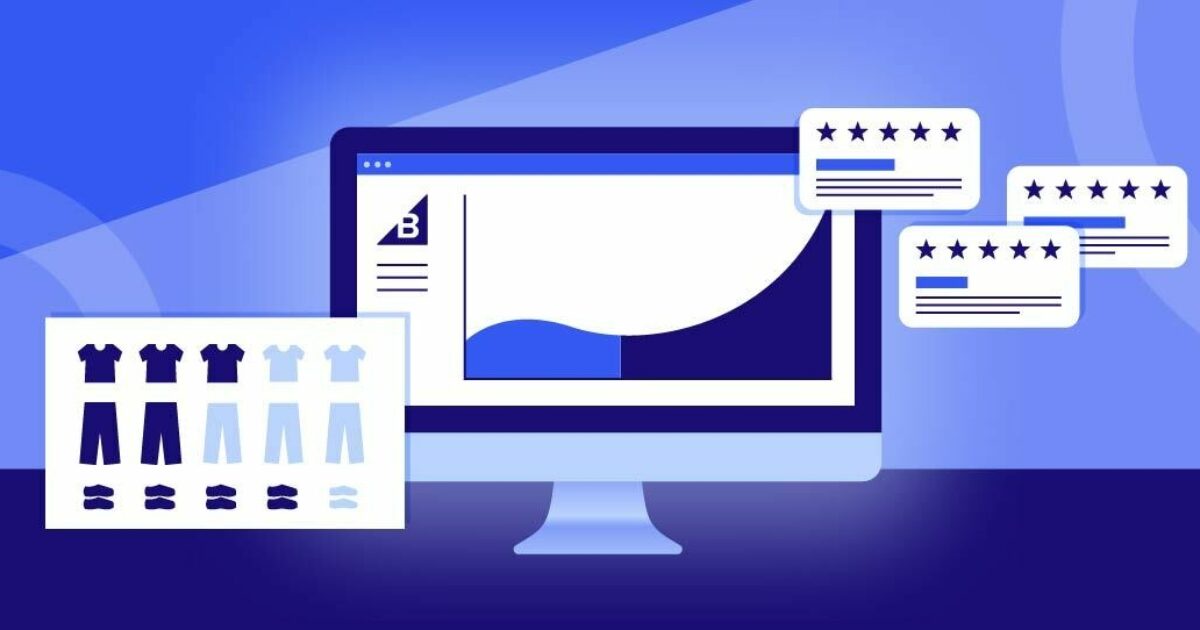In the fast-paced digital age, the world of auctions has undergone a remarkable transformation. Gone are the days of traditional in-person auctions conducted with paddles and auctioneers. Today, the auction landscape is primarily digital, and it's powered by cutting-edge auction software that streamlines the process, making it efficient, accessible, and scalable. In this comprehensive guide, we, as experts in auction software development, will unravel the intricate web of creating auction software, shedding light on every aspect, from concept to implementation.

Understanding the Auction Software Landscape
The Auction Evolution
Auctions have been a fundamental part of commerce and trade for centuries. What once took place in physical auction houses is now seamlessly executed in the virtual realm. Auction software development is at the core of this transformation, offering a platform for buyers and sellers to engage in bidding wars from the comfort of their homes.
Key Components of Auction Software
Creating auction software requires a profound understanding of its key components. Let's delve into them:
1. User Interface (UI)
The user interface is the front-facing aspect of auction software. It should be intuitive, visually appealing, and responsive. Bidders and sellers should be able to navigate the platform effortlessly.
2. Bidding Engine
The heart of any auction software, the bidding engine must facilitate real-time bidding, proxy bidding, and sniping prevention. It should also handle bid increments and auction countdowns seamlessly.
3. Payment Gateway Integration
A secure and reliable payment gateway is crucial for smooth transactions. Ensure compatibility with multiple payment methods to cater to a wide audience.
4. User Authentication and Security
Protecting user data is paramount. Implement robust user authentication and security protocols to safeguard sensitive information.
5. Inventory Management
For auctioneers, efficient inventory management tools are essential. This includes cataloging, categorizing, and tracking auction items.
6. Reporting and Analytics
Provide comprehensive reporting and analytics features for both auctioneers and participants. Insights into bid history, auction performance, and user behavior are invaluable.
The Development Process

Creating auction software is a multi-faceted process that demands meticulous planning and execution. Here's a condensed roadmap:
1. Conceptualization
The journey begins with a clear vision. Define your target audience, the type of auctions your platform will host, and your unique selling points.
2. Design and Prototyping
Create wireframes and prototypes to visualize the user experience. This step is crucial in identifying potential bottlenecks in the design.
3. Development
Develop the software using the appropriate technology stack. Ensure scalability to accommodate increasing user traffic.
4. Testing and Quality Assurance
Thoroughly test the software to identify and rectify bugs and glitches. Perform security audits to protect against potential threats.
5. Launch
Roll out the software to a limited audience initially to gather feedback. Make necessary adjustments based on user input.
6. Marketing and Promotion
Utilize digital marketing strategies to promote your auction software. Leverage social media, email marketing, and partnerships with auction houses.
The SEO Advantage
Auction software development doesn't end with the launch. To outrank competitors and gain visibility in the crowded digital space, incorporating SEO strategies is crucial.
SEO-Friendly Practices
1. Keyword Optimization
Identify relevant keywords such as "auction software development" and integrate them naturally into your content, meta titles, and descriptions.
2. High-Quality Content
Regularly publish informative content related to auction software development. This not only educates your audience but also enhances your website's authority.
3. Link Building
Build high-quality backlinks from reputable websites within the auction industry. Guest posting and partnerships can be effective methods.
4. Page Speed Optimization
Google favors fast-loading websites. Optimize images, use efficient coding practices, and employ browser caching to boost page speed.
Conclusion
Demystifying auction software development is no small feat, but with the right guidance and expertise, it becomes an attainable goal. Our journey through this comprehensive guide has shed light on the intricate process of creating auction software, from understanding the landscape to the nitty-gritty of development.
If you're ready to embark on this exciting venture and create auction software that stands out in the digital domain, contact us today. Our team of experts is here to turn your vision into a reality, ensuring your success in the world of online auctions.
Don't miss out on the opportunity to lead the way in auction software development. Reach out to us now, and let's create a digital auction revolution together


No comments yet